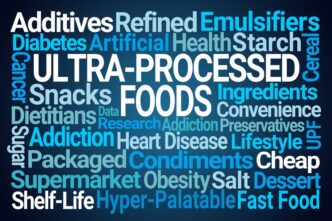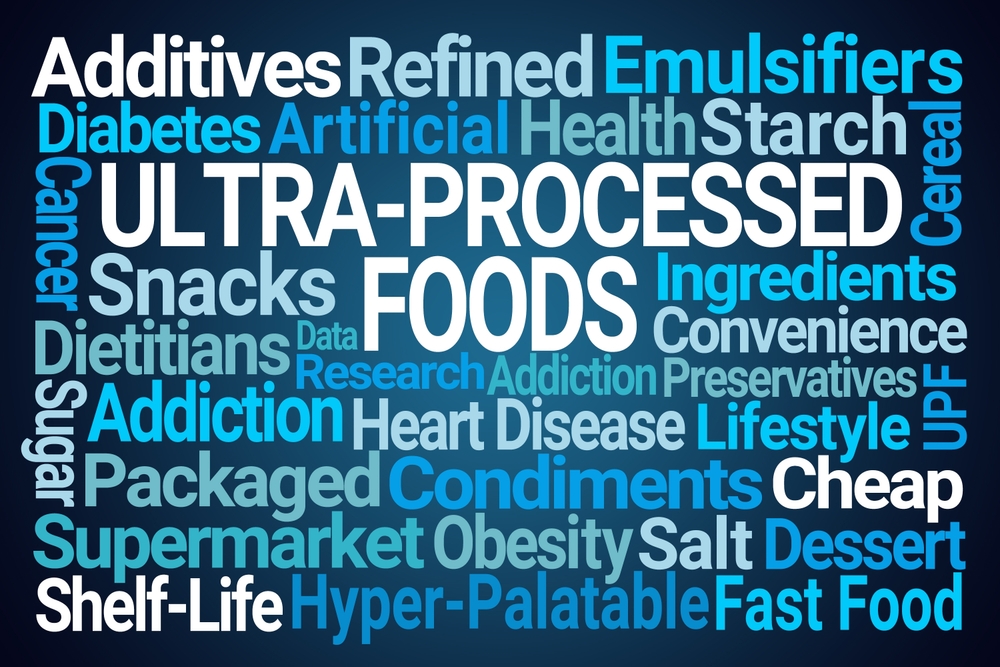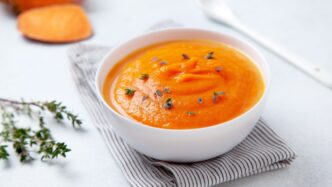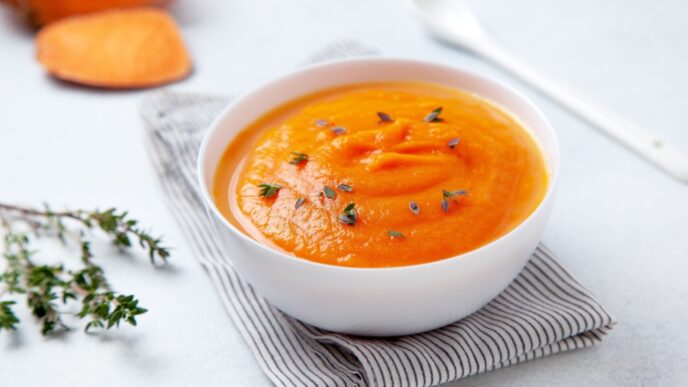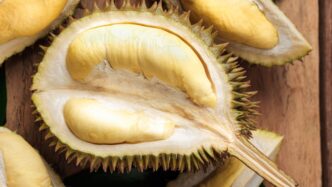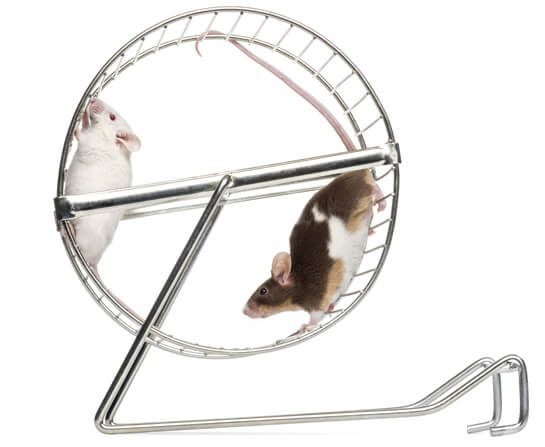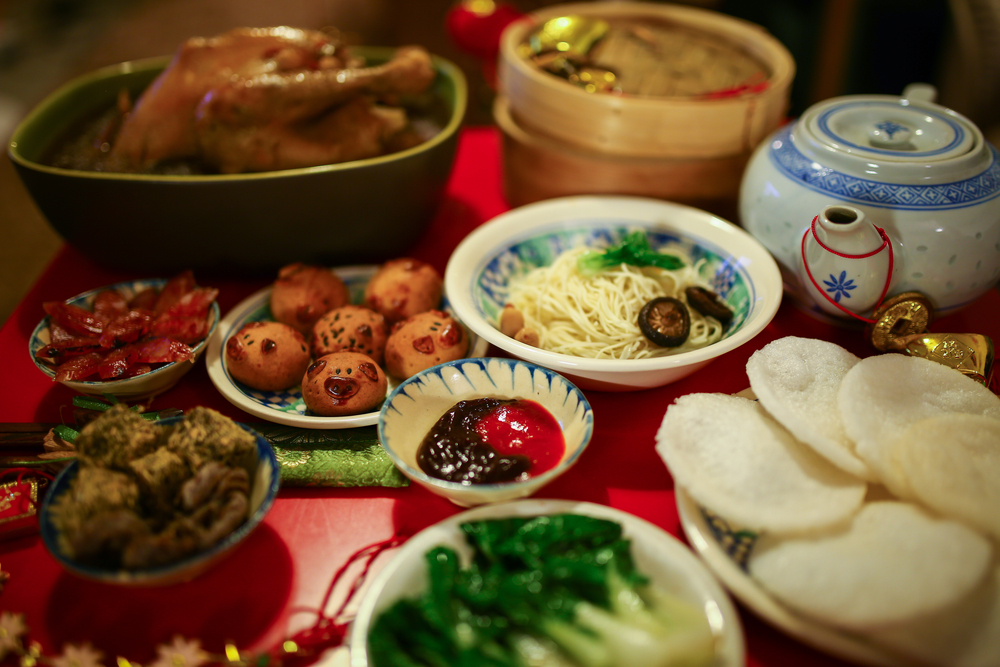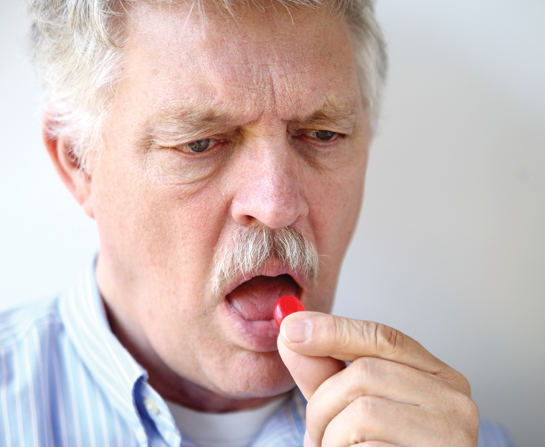Instant noodles for lunch, a packet of biscuits for snack, and fast-food for dinner on a busy night. Sounds familiar? Quick, cheap, and everywhere, these foods are classic examples of ultra-processed foods (UPFs). While they may be convenient, research shows that high intake of UPFs is linked to chronic kidney disease (CKD), a serious and growing health issue in Malaysia.
WORDS KHOR YUAN ZHI AND DR SHARMELA SAHATHEVAN
 FEATURED EXPERT FEATURED EXPERTKHOR YUAN ZHI Final Year Student of Bachelor of Science (Hons) Dietetics with Nutrition School of Health Sciences IMU University |
 FEATURED EXPERT FEATURED EXPERTDR SHARMELA SAHATHEVAN Lecturer Division of Nutrition, Dietetics and Food Science School of Health Sciences IMU University |
WHAT ARE ULTRA-PROCESSED FOODS?
The NOVA food classification system is a framework developed by researchers at the University of São Paulo, Brazil, to categorize foods based on how much they’ve been processed.
It defines ultra-processed foods (UPFs) as industrial formulations that go through multiple processing steps and contain ingredients such as preservatives, artificial flavourings, emulsifiers, or sweeteners.
In Malaysia, UPFs are available everywhere: supermarket shelves, petrol station counters, kiosks, and mamak stalls.
Common examples of UPFs includes:
- Instant noodles with seasoning packets
- Processed meat- sausages, nuggets, burger patties, fishball
- Sweetened beverages and 3-in-1 drinks
- Processed condiments- chili sauce, ketchup, and seasoning cubes
- Packaged snacks- chips, keropok, and biscuits
These foods contain salt, sugar, fat, and flavour enhancers, making them appealing yet risky when eaten too often.
At the same time, they tend to be low in fibre, vitamins, and minerals, but high in additives and calories.
Over time, it may affect not just your waistline but your kidneys.
HOW UPFs CAN AFFECT THE KIDNEYS
Excessive Salt
- Sodium is added to UPFs for flavour, texture, and preservation.
- Consistently high salt intake raises blood pressure, damages blood vessels in the kidneys, and accelerates CKD progression.
Additives
- Processed meats and soft drinks often contain phosphate additives, which are absorbed more easily than natural phosphate found in fresh foods.
- Excess phosphate intake speeds up kidney damage.
High Refined Sugar Content
- UPFs are often high in refined sugars and low in fibre, contributing to obesity, diabetes, and hypertension — all of which are major risk factors for kidney disease. [3]
Link to Chronic Kidney Disease
A recent global study found that higher UPF intake was linked to an increased risk of chronic kidney disease (CKD).
- CKD is a silent condition, often going unnoticed until it has reached an advanced stage.
- According to the National Health and Morbidity Survey, CKD prevalence in Malaysian adults increased from 9.1% in 2011 to 15.5% in 2018
- One possible reason for this increased prevalence is the rapid urbanisation and the growth of the food industry. This causes a shift in Malaysian eating patterns toward convenience foods. Studies suggest nearly one in three Malaysian adults regularly consume UPFs.
As CKD continues to rise, it’s clear that we should pay attention to our eating habits. Convenience of consuming UPFs today could mean compromised kidney health tomorrow.
HOW TO MAKE SIMPLE FOOD SWAPS FOR HEALTHIER KIDNEYS
UPFs are popular because they are convenient, easily accessible, affordable and can be stored longer, especially when time and energy are limited.
Instead of cutting them out completely, the key is to make smarter choice: choose less processed options where possible and balance them with fresh or minimally processed foods.
Even small and practical swaps can make a big difference to your kidneys.
- Fresh beats fast.
- Replace instant noodles with beehoon (rice noodles) which is minimally processed.
- If you want to have instant noodles, try to use only half the seasoning sachet to lower the sodium content and add in fresh greens and some easy-to-prepare protein like tofu or egg to turn into a more balanced meal.
- Spice naturally. Use herbs and spices instead of monosodium glutamate (MSG) to add natural umami.
- Coffee wisely. Swap that 3-in-1 coffee for black coffee or kopi O made from ground beans instead. This cuts out added sugar and creamer while keeping your caffeine fix simple.
- Snack on fresh. Replace keropok and chips with fresh fruits or unsalted nuts.
- Choose fresh protein. When possible, choose less processed sources of protein, like fresh chicken, fish, tofu, or eggs instead of ready-made patties, sausages or nuggets.
- Enjoy homemade meals.
- Try to plan simple and easy meals, such as one-pot dishes, overnight oats, steamed or stir-fried dishes.
- If you have a busy schedule, you may also opt to prepare meals in bulk and freeze them instead of relying on frozen ready-to-eat meals.
HOW TO READ FOOD LABELS TO PICK THE HEALTHIER UPFs
Not all processed foods are bad.
Yoghurt and fortified milk, for example, may contain additives but remain nutritious.
What matters is the degree of processing and quality of the ingredients.
- Shorter is better. Food products with long ingredient lists (more than 5 ingredients) are usually classified as UPFs.
- Look out for add-ons.
- Artificial sweeteners, colourings, flavour enhancers, and emulsifiers — often listed as chemical names or E-numbers — are markers of UPFs.
- Pick those that are free from or have less of these substances whenever possible.
- Don’t just rely on the claims at the front of the pack.
- Words like “light”, “sugar-free”, or “reduced sodium” may still contain hidden additives that will strain your kidneys.
- Always check beyond the front-of-pack claims.
Be mindful that not all additives are harmful, but when most of a product is made of additives and refined ingredients instead of whole foods, it’s likely a UPF worth limiting.
| Do you know that the IMU Student Dietetics and Wellness Clinic in IMU University offers free individualized meal planning services as well as a few other nutrition-related services? Check out our article on this clinic and how you can avail yourself to their free services. |
| This article is part of our series on foods and how consuming these foods can affect various aspects of our health. |
References:
- Monteiro, C. A., Cannon, G., Moubarac, J.-C., Levy, R. B., Louzada, M. L. C., & Jaime, P. C. (2018). The UN Decade of Nutrition, the NOVA food classification and the trouble with ultra-processing. Public Health Nutrition, 21(1), 5–17. https://doi.org/10.1017/S1368980017000234
- Monteiro, C. A., Cannon, G., Levy, R. B., Moubarac, J.-C., Louzada, M. L., Rauber, F., et al. (2019). Ultra-processed foods: What they are and how to identify them. Public Health Nutrition, 22(5), 936–941. https://doi.org/10.1017/S1368980018003762
- Du, S., Kim, H., Crews, D. C., White, K., & Rebholz, C. M. (2022). Association between ultraprocessed food consumption and risk of incident chronic kidney disease: A prospective cohort study. American Journal of Kidney Diseases, 80, 589–598. https://doi.org/10.1053/j.ajkd.2022.03.016
- Kidney Disease: Improving Global Outcomes (KDIGO) CKD Work Group. (2024). KDIGO 2024 clinical practice guideline for the evaluation and management of chronic kidney disease. Kidney International, 105(4S), S117–S314. https://doi.org/10.1016/j.kint.2023.10.018
- Hojjati Kermani, M. A., Awlqadr, F. H., Talebi, S., Mehrabani, S., Ghoreishy, S. M., Wong, A., et al. (2025). Ultra-processed foods and risk of declined renal function: A dose–response meta-analysis of 786,216 participants. Journal of Health, Population and Nutrition, 44(1), 79. https://doi.org/10.1186/s41043-025-00799-1
- Saminathan, T. A., Hooi, L. S., Mohd Yusoff, M. F., Ong, L. M., Bavanandan, S., Rodzlan Hasani, W. S., et al. (2020). Prevalence of chronic kidney disease and its associated factors in Malaysia: Findings from a nationwide population-based cross-sectional study. BMC Nephrology, 21(1), 344. https://doi.org/10.1186/s12882-020-01966-8
- Ambak, R., He, F. J., Othman, F., Michael, V., Mohd Yusoff, M. F., & Aris, T. (2021). Salt intake was higher among males and those with high BMI and waist circumference: Introduction to the Malaysian Community Salt Survey (MyCoSS), a population-based salt intake survey in Malaysia. Journal of Health, Population and Nutrition,40(Suppl 1), 23. https://doi.org/10.1186/s41043-021-00229-y
- National Coordinating Committee on Food and Nutrition (NCCFN). (2021). Malaysian dietary guidelines 2020. Ministry of Health Malaysia.
- Mohammad, N. M. A., Ramli, N. R., & Razinah Sharif, R. (2023). Association between frequency of processed and ultraprocessed food consumption with lifestyle habits score for cancer prevention among adults in Malaysia. Malaysian Journal of Nutrition, 29(3), 367-377. https://doi.org/10.31246/mjn-2021-0139
- Popkin, B. M., Miles, D. R., Taillie, L. S., & Dunford, E. K. (2024). A policy approach to identifying food and beverage products that are ultra-processed and high in added salt, sugar and saturated fat in the United States: A cross-sectional analysis of packaged foods. The Lancet Regional Health – Americas, 32, 100713. https://doi.org/10.1016/j.lana.2024.100713
- Padial, M., Taylor, A., Sabatino, A., Piccoli, G. B., & Avesani, C. M. (2023). From ultra-processed foods towards healthy eating for CKD patients: A proposal of educational infographics. Journal of Nephrology, 37(2), 323–329. https://doi.org/10.1007/s40620-023-01817-3

